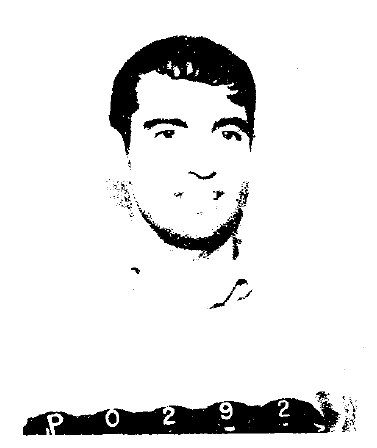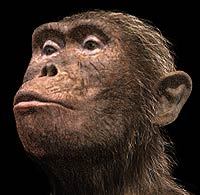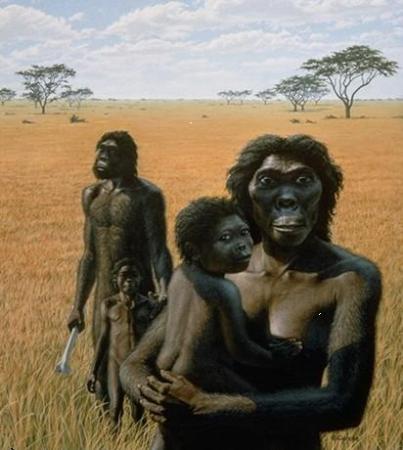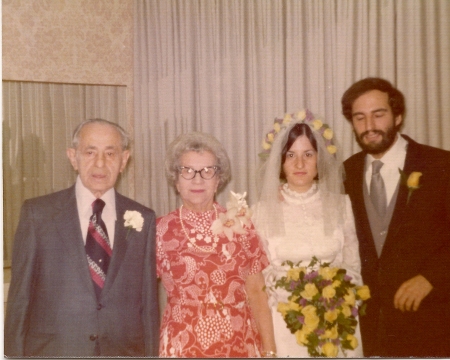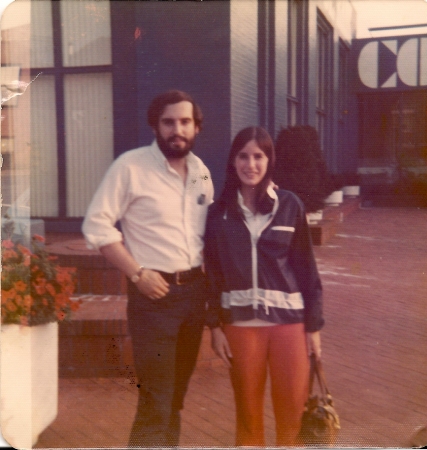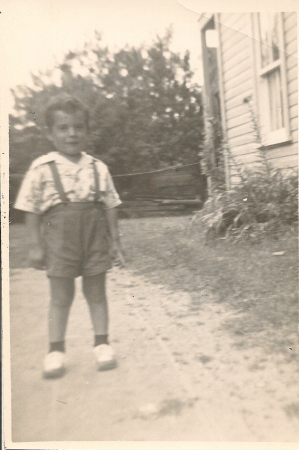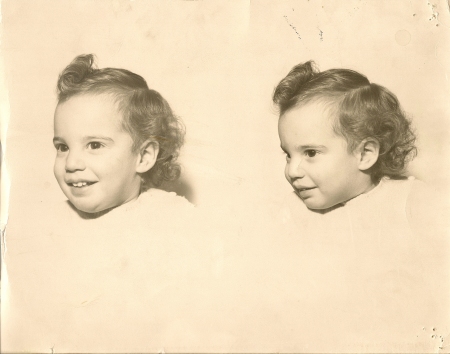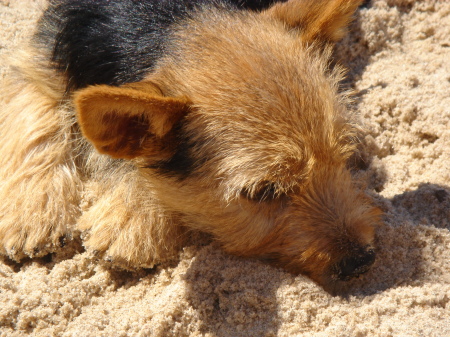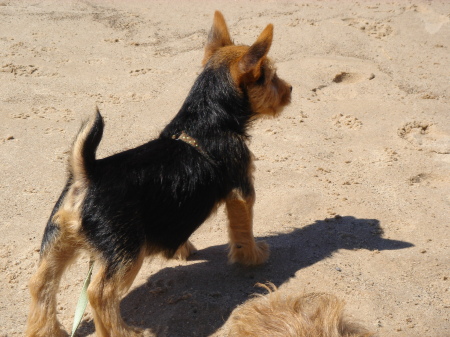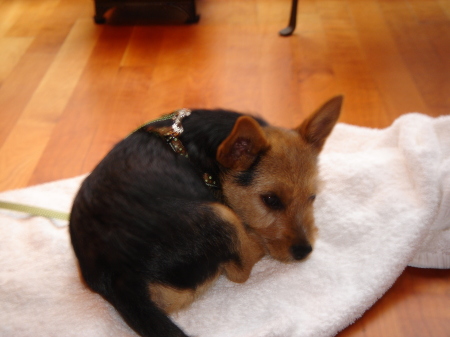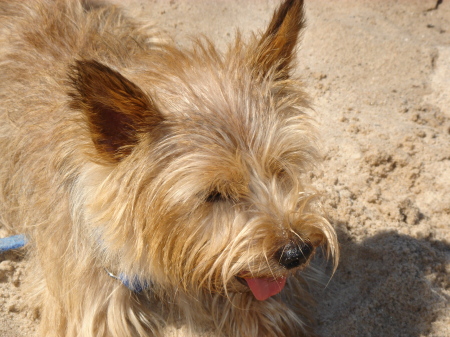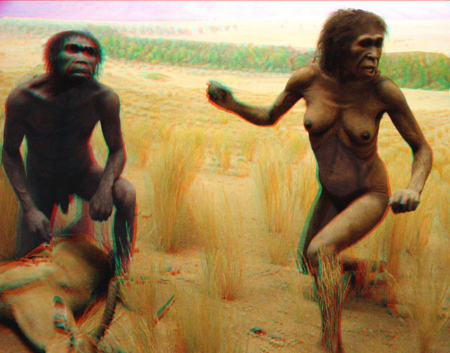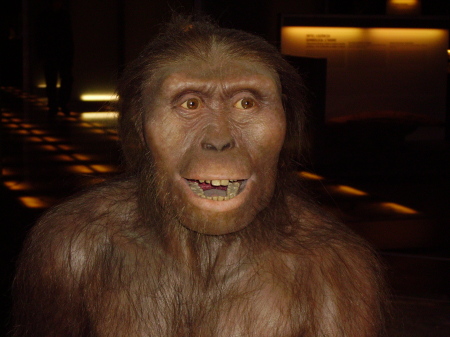Steve Adelman:
CLASS OF 1963
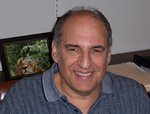
Austin High SchoolClass of 1963
Chicago, IL
Harvard University - Arts & SciencesClass of 1971
Cambridge, MA
Harvard University - Arts & SciencesClass of 1971
Cambridge, MA
Robert Emmet Elementary SchoolClass of 1959
Chicago, IL
Steve's Story
Life
I was in the Peace Corps in Ankara,Turkey not Mongolia. Turkey is not on Classmates' Peace Corps jobs list.
I'll be honest. Turkey for me was a roller coaster. I'll only mention the positive. What I loved about Turkey, aside being so interesting because it was so different (not quite as different now--times have changed since 1970, as I found out in a recent visit), was the Turkish people (it is hard NOT to make friends in Turkey) and their musical language. I once knew a lot of Turkish. It's coming back now due to practice with my new Turkish student Pelin (Her name DOES NOT rhyme with Helen--it's pronounced PeLIN) and and also with my Turkish friend Kerem. Kerem and I meet every Thursday evening in a cafe. We have coffee and cookies and then get down to business. Kerem's English is excellent. But in some weeks we work on getting it "up to the next level" so he can write top flight scientific papers. On other weeks we study Turkish. I also on the E-mail list of the Turkish Student Association at Purdue.
I'm a different sort now than I was in high school. Then I never studied and overall did as little as possible. Now I work very very hard with a 14 hour workday being normal. In high school I was a non-athlete. Now for years I ran 20-30 miles/week and lifted weights. I had to cut back on running a couple of years ago due to tendonitis but I still do ~12 mile/week.
More specifically, I'm a Professor of Physical Chemistry at Purdue University's West Lafayette Campus. This of course means I teach classes. But I'm primarily a researcher. I'm officially a theoretical physical chemist. This means that I'm a lot like a theoretical physicist, except the topics I work on are more typically found in chemistry texts rather than in physics texts.
After spending the standard 10-12 years doing the things needed to get this kind of job, I joined the Purdue faculty as an Assistant Professor in the summer of 1975.
By 1979 I was working full time on the research I am most associated with, which is the theoretical foundation for the new field of condensed matter chemical dynamics. Let me explain what these terms mean? Condensed matter is the opposite of a gas. Suppose you confine a typical gas like oxygen to a one quart bottle. The volume occupied by the oxygen molecules is (1/10,000) of a quart. Everything else in the quart bottle is empty space. In contrast, in condensed matter the molecules are squeezed together like people celebrating New Year's in Times Square. The everyday types of condensed matter are solids and liquids, but there are other kinds. Next chemical dynamics, which is a new subfield of the old field of chemical kinetics. Chemical kinetics is the branch of chemistry concerned with how fast chemical reactions proceed. For example some reactions are done in millionths of a second while others poke along for eons. Chemical kinetics is concerned with the measurement and explanation of these phenomena. However, ultimately chemical reactions arise from collisions between the reacting molecules, and rates therefore depend on the efficiencies of these collisions in producing reactions. No one,however, was able to study rates at that level of detail until about 1960. Then my thesis advisor along with a few others invented the experimental techniques needed to stu...Expand for more
dy
the collisions which cause reactions. This new way of studying reaction rates is now called chemical dynamics. Chemical dynamics soon grew into a huge field and my thesis advisor Dudley Herschbach along with Yuan Lee and John Polanyi won the 1986 Nobel Prize in Chemistry for pioneering this field.
However the form of chemical dynamics I've just described was limited to reactions occuring in gases.
Most chemical reactions, however, occur in condensed matter. For example the catalysis processes (like those which underlie catalytic converters) which dominate much of chemical engineering are reactions of molecules occuring on the surfaces of metals. Similarily the reactions of greatest importances in industry occur in liquids sometimes with solids also present. Fortunately, experiments aimed at extending Dudley Herschbach's work to condensed matter reactions began to appear in the early 1970's. That and the urging of my friend Jim Doll (see end of "story") motivated me to attempt to extend the theory of chemical dynamics to condensed matter. It was a very difficult job since the molecules in the solid or liquid change the motions of the molecules in the reaction in very complex ways. So I broke the big problem into many smaller problems and solved them one by one. By the early '90's I was done. It was very exciting to see the germ of an idea that I started with grow into a finished product of wide applicability.
Since then I have been doing other kinds of problems.
I have received some nice things for this work. I am proudest of being asked by the Royal Swedish Academy of Sciences to nominate someone for the 1994 Nobel Prize in Chemistry. (I have just learned-- April 15 2010-- that I myself have been nominated, by whom I'll never know. I guess I should be on Cloud Nine but I am so busy that I haven't had much time to think about it). I have also been listed in a long string of Who's Who's. These include the following Marquis publications. Who's Who in the Midwest, Who's Who Among the Emerging Leaders in America, Who's Who in Science and Engineering (current), Who's Who in America (since 1985), and Who's Who in the World. I was also just put on the International Biographical Centre's list of the "Top 100 Scientists in 2008".
Added June 16, 2008.
I just got this in the E-mail
--------------------------------------------------------------
Dear Students, Postdocs, and Friends of Jim Doll,
As announced in the earlier mailing, we are holding a special workshop,
"Advances in Chemical Dynamics," in Santa Fe, NM, August 13-15, 2008 to
honor Jim Doll for his many years of insightful and seminal contributions
to our field.
--------------------------------------------------------------
Jim Doll is a very close friend of mine from graduate school. He not I first became aware of the early experiments on condensed matter chemical dynamics, and he invited me in the Spring of 1974 to spend six summer weeks at SUNY Stony Brook to work with him on the theory for these experiments. The result was the first paper ever on the theory of condensed matter chemical dynamics. It was in itself very modest but it was the starting point for all of my future work in this field.
Jim soon left the field to me since he got interested in other topics.
As you can see things worked out OK for both of us.
Register for Free to view all details!
Yearbooks
Register for Free to view all yearbooks!
Reunions
Register for Free to view all events!
Photos
